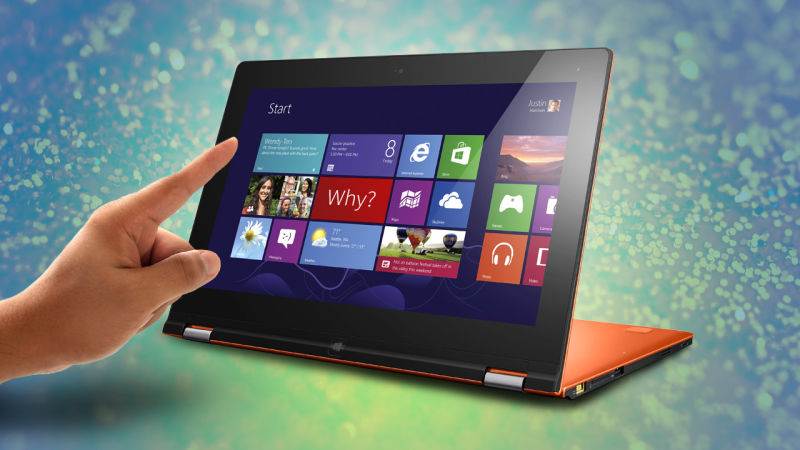Development, ergonomics and use of the touch screen
The development of multipoint touch screens made it easier to track more than one finger on the screen; therefore digital signage solution Malaysia, operations that require more than one finger are possible. These devices allow also numerous users to interrelate with the touch screen at the same time.
With the increasing use of smart touch, the marginal cost of touchscreen technology is routinely absorbed in products that incorporate it and almost eliminated. Touchscreens now have proven reliability. Therefore, touchscreens are found today in airplanes, automobiles, game consoles, machine control systems, gadgets, and portable display devices, including Nintendo DS and multi-touch enabled phones; the mobile device touchscreen market was projected to produce $ 5 billion in 2009.

Ergonomics and use
Touch screen accuracy
Users need to be capable of accurately selecting targets on touch screens smart digital signage, and elude accidental choice of head-to-head targets, to make use of a touch screen input device effectively. The touch screen design interfaces must reflect ergonomics, technical capabilities of the system, human physiology and cognitive psychology.
Much more important is the accuracy of humans in selecting targets with their finger or pencil. The precision of the user selection varies depending on the position on the screen. Users are more accurate in the center, less on the left and right edges, and much less accurate on the top and especially the bottom edges. R95 accuracy ranges from 7mm in the center, to 12mm at the bottom corners. Users are unconsciously aware of this, and they are also a bit slower, taking more time to select smaller targets, and anyone on edges and corners.
Hand position, digit used and switching
Users of portable touch screen devices use to hold them in a diversity of habits and regularly change their selection Rev Interactive and holding method to ensemble the type and position of input. There are four basic types of wearable device interaction:
Holding at least in part with both hands, touching with one thumb
Holding with one hand, touching with the finger (or rarely, the thumb) of another hand
Holding the device in one hand, and tapping with the thumb of that hand
Holding both the hands and tapping with both the thumbs
Furthermore, devices are often placed on surfaces (desks or tables) and tablets are used especially on stands. The user can point, select or gesture in these cases with the finger or thumb, and the use also varies.

Gorilla arm
The widespread use of gestural interfaces without the user’s ability to rest the arm is known as “gorilla arm.” It can result in fatigue and even repetitive strain injuries when used routinely in a workplace. Some early pen-based interfaces required the operator to work in this position for much of the work day. To let the user resting their arm or hand on the input device or a frame round it happens to be a solution for this in several contexts. This phenomenon use to be often cited as a first sight instance of what you should not do in ergonomics.
Fingerprints
Touchscreens can suffer from the problem of fingerprints on the screen. This can be moderated by the usage of materials with visual coatings designed to lessen the noticeable effects of fingerprint oils or oleo phobic coatings like most of the modern smartphones, which decrease the actual amount of oil residue. The screen, which creates a slightly rough surface that does not easily retain smudges.
